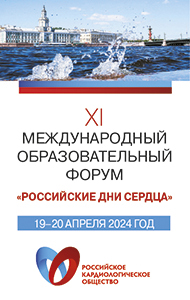5-year AF recurrence lower with catheter ablation than antiarrhythmic drugs
LONDON — At 5 years, patients with paroxysmal atrial fibrillation assigned catheter ablation were more likely to be free from recurrent atrial fibrillation than those assigned antiarrhythmic drugs, according to new data from the MANTRA-PAF study.
At 2 years, catheter ablation was associated with significantly lower AF occurrence, AF burden and symptomatic AF compared with antiarrhythmic drug therapy, and those results were sustained at 5 years, Jens Cosedis Nielsen, MD, PhD, DMSc, FESC, said during a presentation at the European Society of Cardiology Congress.
Nielsen, from Aarhus University Hospital, Skejby, Denmark, and colleagues randomly assigned 294 patients with paroxysmal AF to radiofrequencycatheter ablation or antiarrhythmic drugs. At 5 years, 125 patients from the ablation group and 120 from the drug group were available for follow-up, and 116 from the ablation group and 111 from the drug group had Holter recordings performed.
At 5 years, AF burden was lower in the ablation group than in the drug group (P = .003), although “both these treatments effectively reduced [AF]” compared with baseline burden, Nielsen said.
The burden of symptomatic AF also was lower in the ablation group (P = .02), he said.
Among those who had Holter readings at 5 years, the rate of freedom from any AF was 86% in the ablation group vs. 71% in the drug group (P = .001), whereas the rate of freedom from symptomatic AF was 94% in the ablation group vs. 85% in the drug group (P = .015), according to the researchers. The calculations used imputation for missing data, but results did not change when imputation was not used, Nielsen said.
At 5 years, there was no difference between the groups in quality-of-life measures, although they were significantly better for both groups compared with baseline, he said.
Sixty-one patients from the drug group were taking an antiarrhythmic drug at 5 years vs. 13 patients from the ablation group (P = .001), Nielsen and colleagues found.
Between 2 years and 5 years, 27 patients from the ablation group had a repeat procedure and 22 from the drug group needed to undergo ablation, Nielsen said, noting that at 5 years, 53% of those in the drug group had never undergone any ablation. One patient from the drug group died because of complications from ablation.
The 5-year rates of persistent AF were 3% in the ablation group and 5% in the drug group, he said. “Although we did not have a group that did not receive rhythm control treatment, we think that 3% and 5% with persistent [AF] is pretty low after 5 years,” he said. “We think these data support that an active rhythm control strategy is feasible and may prevent progression from paroxysmal to persistent types of [AF].”
He noted that “the high rate of catheter ablation in the drug group will tend to dilute any true difference in effect between the two treatments.” – by Erik Swain
Source: www.healio.com






